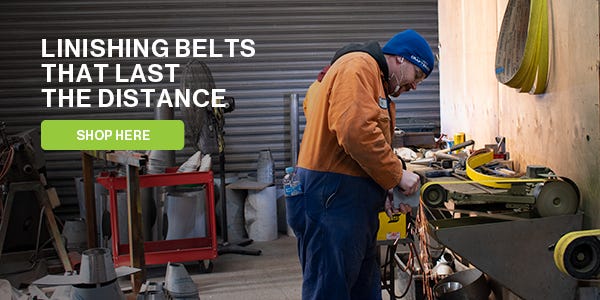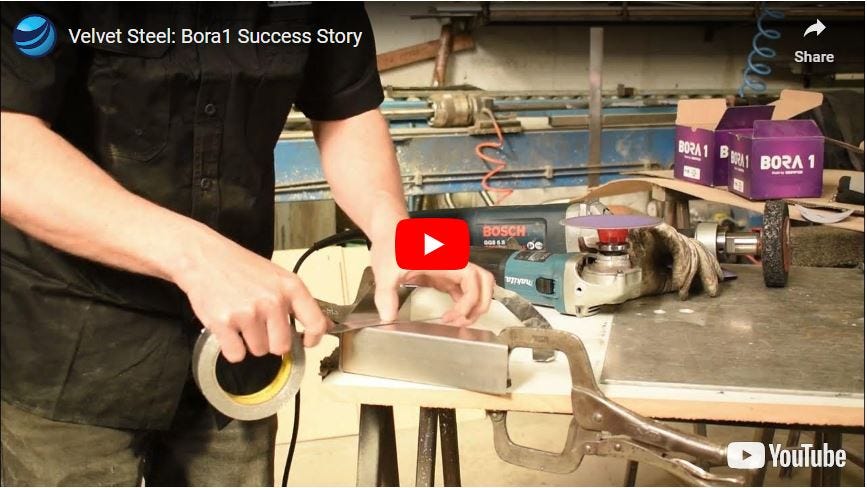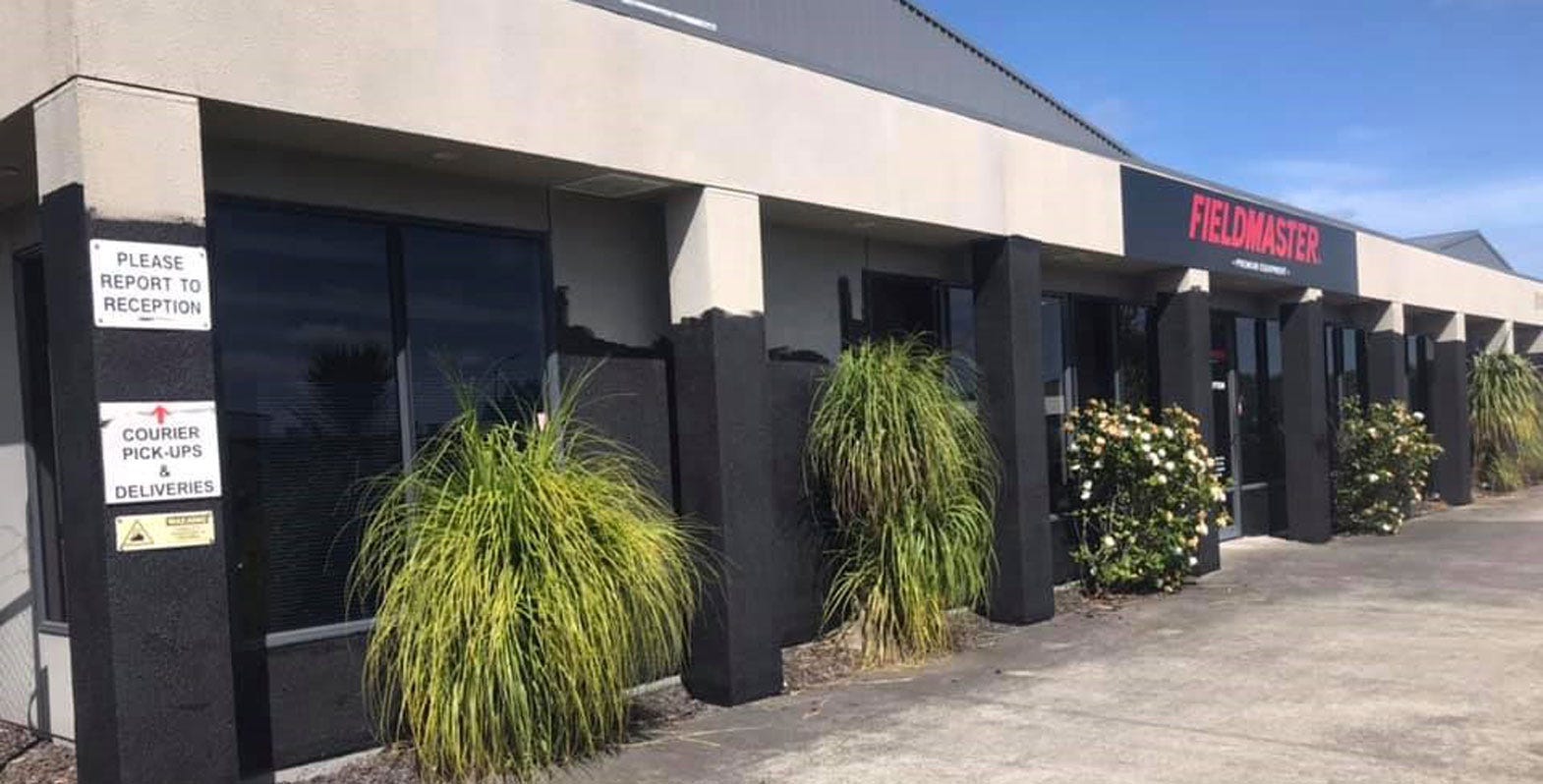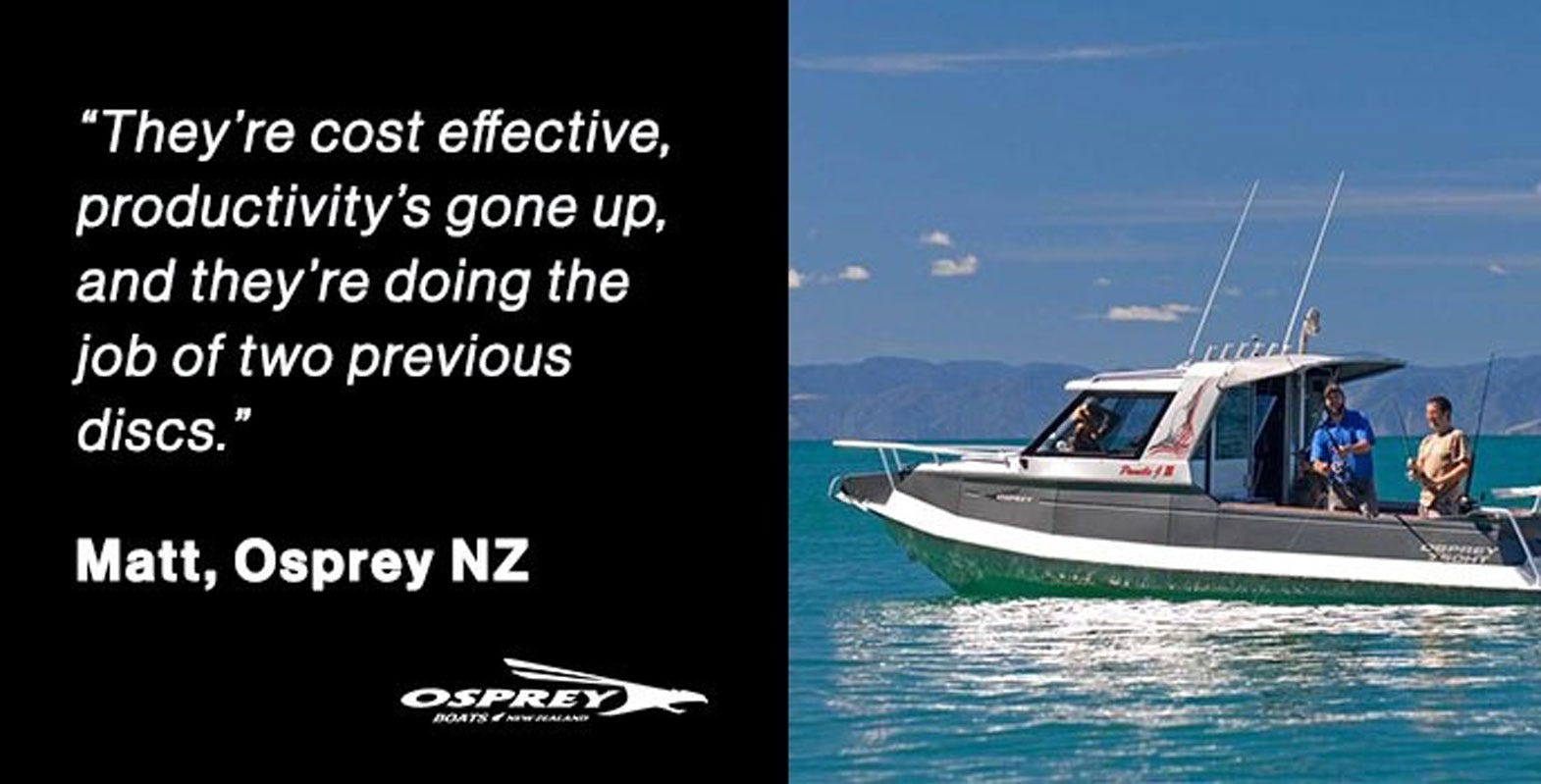Why yellow linishing belts are better than green
Milson Foundry, Palmerston North - case study
'Yellow is the best belt I have ever used......and I've been pretty brutal on these belts'
We talk with Alfie from Milson Foundry on why after many year of using the Green Zirconia R203 linishing belts, they changed to the Yellow Deerfos Razor belts, and why they are finding it easier.
Can you give us a brief overview of the type of work Milson Foundry is doing?
We make a lot of specialist and unique customized castings, and sending them right across the globe. So they are made in the foundry here, and the castings come out to us. Then our job is to clean them up and finish them off.
What sort of metals are you finishing off with the linishers?
The casting we finish on the linishers are Hi-Chrome, Ni-Hard, SG and a Grey cast iron.
What belts had Milson foundry used before they tried the Yellow Razor linishing belt?
We’ve used a green belt and that was not the best but it did the job, and that was a 40 grit. And now we’ve come to your new Razor belt and that’s a 40 grit and we’re finding that’s a lot stronger.
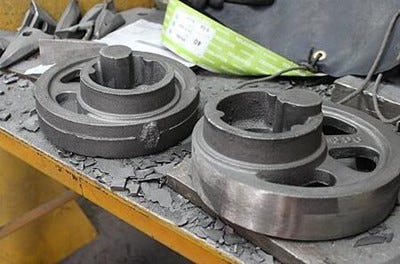

Ok, do you know why you look at options, how did that come about?
We don’t look for options but the office look for the options and they like to try different companies, and see who the best is in product and price.
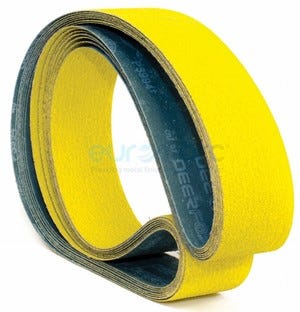

What did you find by comparing them? What were the differences between the yellow Deerfos RAZOR and the Green R203 ?
The difference was as the green lost it edge, you had to push a bit harder. The yellow one we found that we could use it longer before we had to take it off and replace it. The green one wasn’t holding its edge. When you were linishing you were finding you were having to push a little bit harder to get it to do the job you were wanting it to do. We can’t have that all the time because it puts more strain on the workers and on the machinery.
So you had to push harder to make it work. Was that from the start?
Yes, from the start, even when it’s brand new, and as the roughness of the grit goes, it just makes it harder. And we did what I call a turn test! so we turned the paper around and used it again. But we found with the yellow one we could turn it a third time and use it again but we couldn’t do that on the green paper, we could only do it twice. The yellow paper had more life, doing it three times, where the green paper only two lives.
Did they start off the same or was the yellow belt more aggressive or how did you feel that?
We started them off the same, so they were brand new paper so that was no difference between the two and we counted how many castings we linished and we went from there. We did 10 on one belt and then 10 on the other belt and then another 10 and another 10. Till we got to a point where the belts were no good to anybody. The yellow belt was more, we got up to about 35 castings and the green one we got up to about 25, so we could carry on with the yellow one longer.
So over time, what has Milson’s and yourself found out about the yellow belts over against the green ones? Anything else?
Yeah, the strength in the paper, some of our castings come out really rough and the green belt after 2 or 3 castings they start to cut in half, the yellow belt doesn’t do that. It holds up a lot longer and it’s a lot safer for us. We’re working the belts hard, and when they split in half, they fold up and you can pull into the machine. The yellow ones we’ve never had that happen, I’ve never had that happen to me and I’ve been pretty brutal on those papers.
I find the yellow ones are a lot more stronger, I don’t know if it’s the thickness of the backing that the grit is on, or it’s just the cloth itself, it’s just a lot more stronger. The green one will do like I say 2 or 3 and then it will get a black line through it, you can actually see the line coming, if you can catch it before it cuts (into the backing) you’re fine, but if you don’t you see it and it splits in half – it wrecks our machines and wrecks our rubber contact wheels, and you know that’s more money and more down time. The yellow one just doesn’t do that. SO that’s the difference.
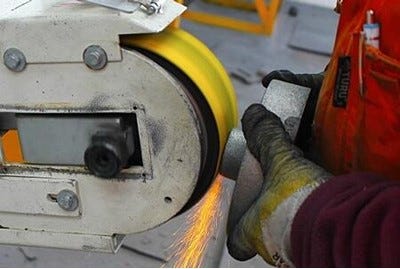

We can do 30 to 40 large castings on the yellow one and maybe 20 to 30 large on the green one, so we get about 10 more castings out of it. It all depends who’s using it, and the castings.
I make it last longer than it should, I make it so it’s no good. By then the green one has either split in half, torn, all the grit has come off it. The yellow one doesn’t do that. They don’t lose the edge or the grit off it. Which is the best part because with some castings you need to folds the sandpaper around the wheel and you don’t lose the edge of the paper, might strand but doesn’t break. That’s what I like about it.
So, what suggestions would you make to someone looking at purchasing linishing belts?
I would suggest that they talk to Euromarc and ask about the yellow ones, So yep, the yellow is better for the grit than the green, the green will wear away and leave white patches where the grit come off the backing, but the yellow doesn’t do that. Doesn’t do that for another 30 castings. So it is a lot better. And then you need to look at the safety, the yellow is the best belt I have ever used.
 Need assistance?
Need assistance?
